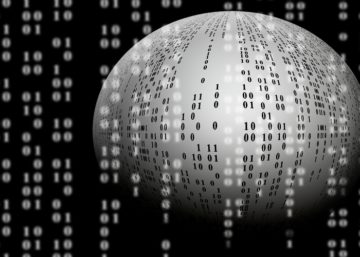‘Dashboard’ is a buzzword we have been hearing over the past decade. Now it is making its way to our mobile phones and tablets. Whether you want to track your fitness or product sales there are dashboards that can help you keep an eye on what is happening in each context.
Why dashboards exist?
Dashboards make it easy to consume data and comprehend its meaning quickly and easily.
Dashboards serve many different purposes from monitoring performance in real-time, setting business strategy for the next quarter, track the performance of marketing campaigns conducted over the period of time.
Lets see why dashboards are crucial.
1. Dashboards saves analysis time drastically
The need to analyse data as soon as it arrives is increasing. Especially, when we have more and more devices such as IoTs and sensors that are generating data at phenomenal rate. Browsing through huge piles of logs or spreadsheets can no more help you analyse huge amount of data.
For example, website logs grow quickly as you receive more visitors. Identifying which specific pages of the websites are visited the most by browsing weblogs is way more difficult then just visualizing it on a dashboard.
2. At a glance real-time monitoring
Dashboards are important to reveal information on timely manner so you can take the advantage or be saved from any business losses.
Opportunity that has appeared and will not last longer
For example, a customer visiting your retail store just after visiting your website to look at product reviews before buying a product. If you can leverage this opportunity by tracking customer activity over multiple-channels you can increase customer loyalty by offering them coupons just time.
Alarming fall of an important KPIs that need immediate attention
For example, network performance monitoring KPI that is showing that certain parts of the network is down needs immediate attention.
3. Historical analysis & data mining
At times comparing current situation with historic point in time is important for the business. In such situations, your dashboards must provide historic view along with current status of KPIs. For example, same day last year.
For example, knowing how was ‘the product sale’ performing last year during specific month as compared to current year may make sense to understand the benefits of resources that are added this year.
4. Discovering unknown insights- answer questions never asked for
In the era of big data, most applications have to deal with data that is scattered across different silos and need to correlate them in order to find patterns or trends in their overall data. Dashboards that are backed by big data technologies make it possible to identify these patterns and trends in data at a glance.
For example, a healthcare application my need to look-up huge datasets with ‘foods and its nutrient value’ and map it with individual patient’s daily food intake. It may also require to keep track of the patient’s illness history along with the patient’s exercise routine. Dashboard for such application may merge variety of data and presentation it in on a single screen.
Today’s advanced visualisation technologies are smart enough to handle high dimensional huge amount of data and provide either exploratory or explanatory dashboard to comprehend and consume the bigdata.


